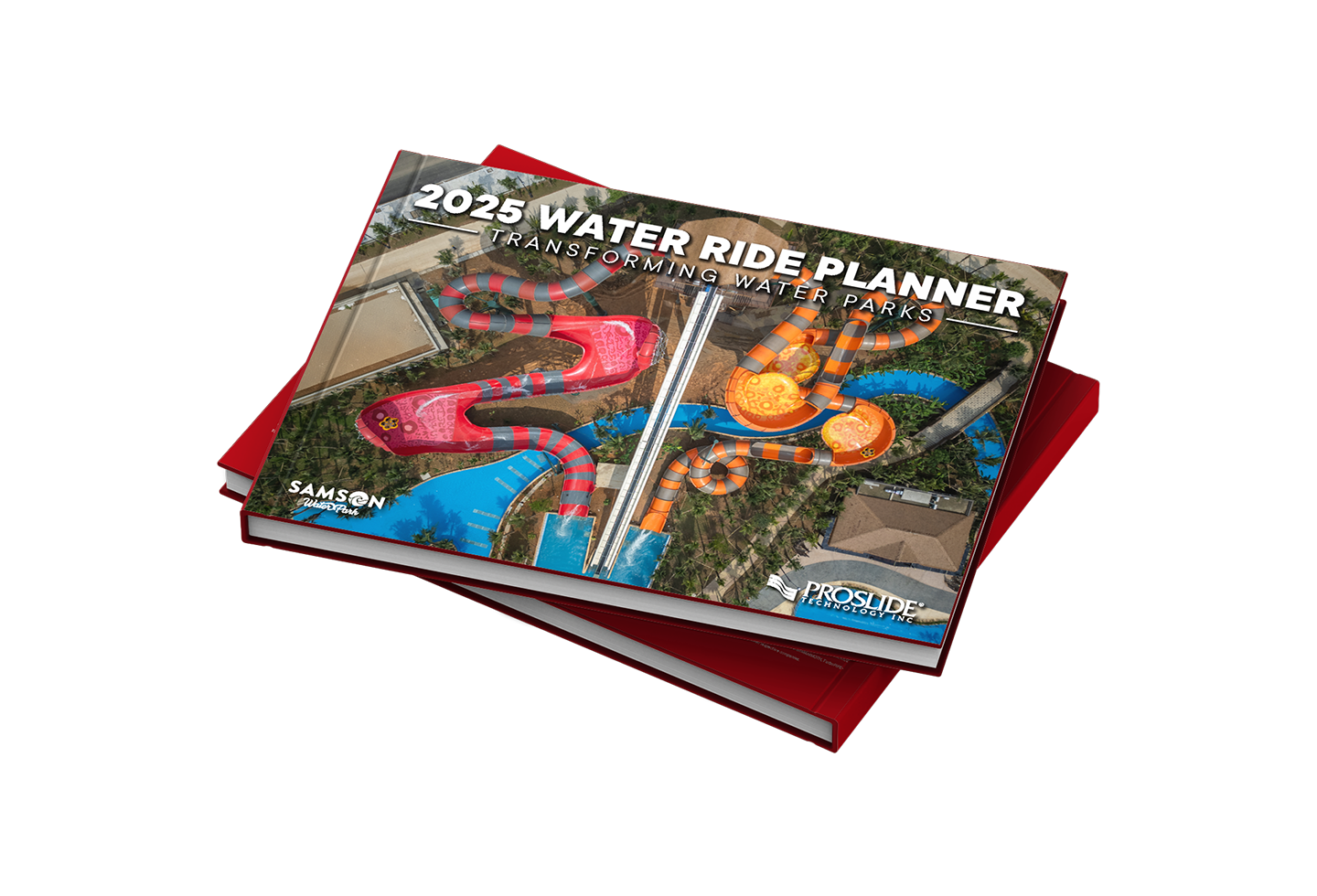Since its inception, the water park industry has shown itself to be a proven recreation powerhouse. Water parks around the world have shown steady attendance and revenue growth for decades. These kinds of stats have attracted the interest of newcomers to the industry that are interested in learning what it takes to start their own water park. To get the best results possible, careful planning is paramount before diving into the process. If you’re thinking of entering the water park business, we’ve outlined 9 major steps in the development process that will help you understand what’s ahead of you.
Step 1: Feasibility Study – Determine whether a water park is economically feasible
Finding out whether building a water park is economically feasible is the first, and most important, thing you need to find out. A proper feasibility study takes into account economic, environmental, regulatory, community and social factors that influence the performance and potential profitability of a water park. Other considerations like the topography of the site, local competition, and a financial analysis will all be part of the study.
Step 2: Land Use Master Plan – Develop Project Shape and Scope
Developing a master plan for your land that includes complementary uses is an ideal way to understand the size of your project. Will the site include hotels, shopping, or dining? What about your transportation strategy? A holistic plan will include effective circulation routes throughout the development for vehicle traffic, parking, and operations access. At this point, engaging consultants like landscape architects and transportation engineers will help lend some much-needed expertise in these areas.
Step 3: Preliminary Water Park Concept Plan
This is where you’ll establish the fundamentals of water park master planning and the plans will really start to come together. A concept plan for your park might include some of the following:
- General park layout
- Ideal relationships between park elements
- Proposed attraction mix
- Park capacity
- Theming concepts
Engaging a best-in-class ride vendor that can help bring your vision to life is an important step at this stage.
Step 4: Refine Concept Plan
Take your concept plan to the next stage by incorporating immersive elements like visuals, theming, and custom aesthetics for the rides and attractions. As you refine, this is also an important time to think about the sizes required for all your facilities like washrooms, ticketing, changerooms, and your back-of-house.
Step 5: Schematic Design
Things are beginning to get significantly more technical at this stage. A final site plan should be set and include layout, grading, and planting plans. The incorporation of lighting consultants, architects, civil and aquatic engineers, along with mechanical, electrical, and plumbing specialists will take you a long way in determining the requirements of your water rides, buildings, and more.
Step 6: Detailed Design
You’re almost ready to start construction, so it’s a good time to dive into the details before that begins. Revisit your site and component design and create more detailed plans for your layout, grading, planting, rides, attractions, and buildings. Make sure everything is as detailed as possible before you enter the construction phase.
Step 7: Production & Construction Documents
Make sure that you have all the documents the consultants, vendors, and contractors would need to start construction: blueprints, plans, specs. All of these will be needed by bidders to help prepare their estimates and help you determine who will build your park.
Step 8: Production and Construction Commences
This is where your water park vision begins to take physical shape; shovels go into the ground, steel is welded, and rides are installed. Provide every bit of support you can to the experts making your water park a reality to help make the process that much smoother.
Step 9: Planning for Smooth Operations
The water park is built, but it doesn’t run itself. Your ride vendor will commission your water rides and set you up with operating manuals. Creating separate manuals and training for your staff, in addition to establishing processes and procedures for park operations will set up your park to run smoothly and safely on opening day and well into the future.
Building a water park is an exciting endeavor, but one that requires a lot of planning and expertise to bring to fruition. Set yourself up for success by reaching out to the right industry experts. Together with their knowledge and your vision, a successful water park is within reach.
